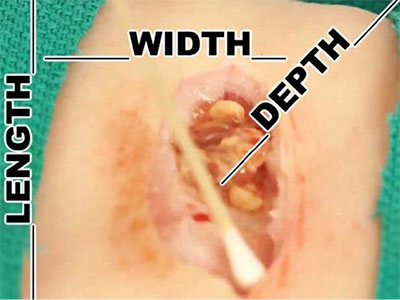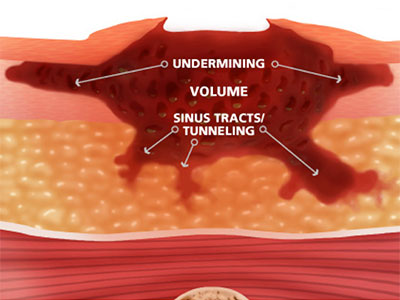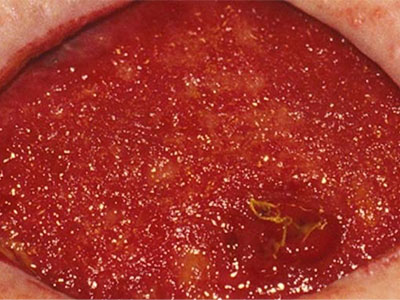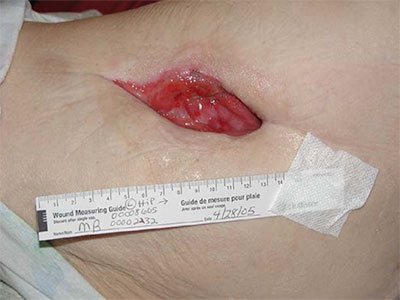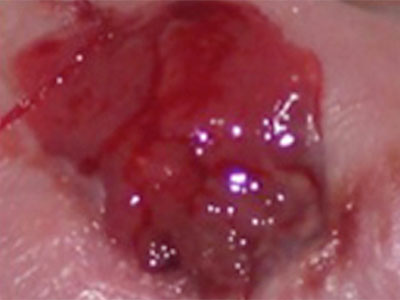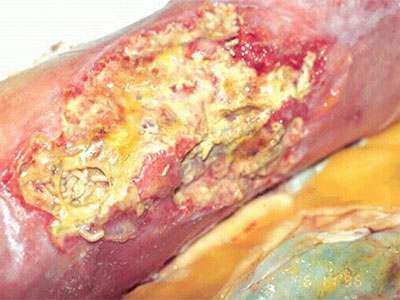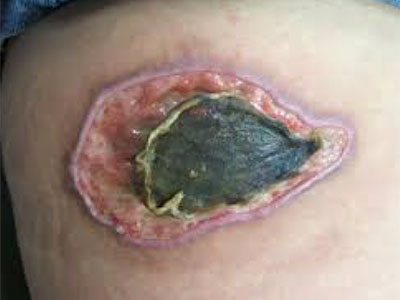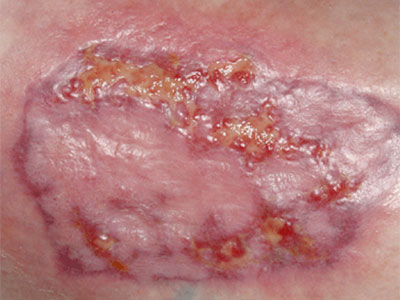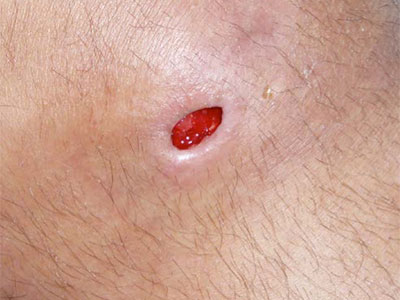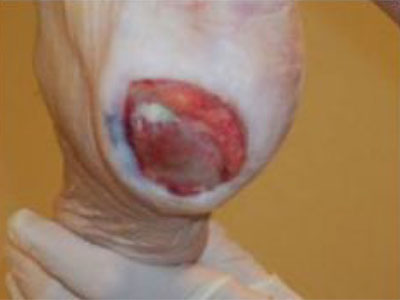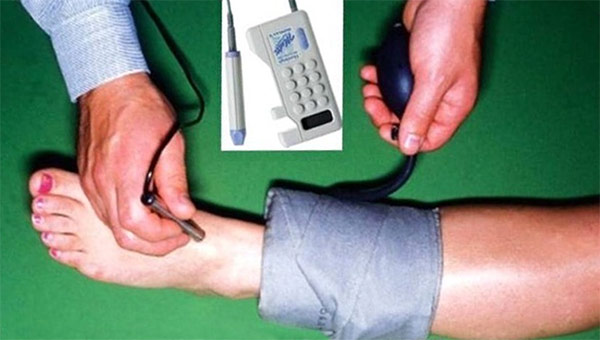HEDIS Measure Review: Osteoporosis Management in Women Who Had a Fracture (OMW)
March 3rd, 2025 | NewsUnderstanding Osteoporosis
Osteoporosis is the most common metabolic bone disease in the United States, affecting millions of individuals, particularly postmenopausal women and older adults. Despite its prevalence, osteoporosis remains an often overlooked and undertreated condition, resulting in significant physical, psychological, and economic consequences. Osteoporosis is characterized by low bone density and deterioration of bone tissue, which increases the risk of fractures. It is a condition that progresses without warning, known as a silent disease, often unnoticed until a fracture occurs. These fractures, commonly in the spine, hips, and wrists, are not only physically painful but can lead to long-term disability, loss of independence, and diminished quality of life. The psychological impact is also significant, as individuals may experience depression, anxiety, and a loss of confidence due to mobility restrictions or pain.
Moreover, the economic burden of osteoporosis is immense. The cost of treating fractures, including hospitalizations, surgeries, and rehabilitation, places a heavy financial strain on both individuals and healthcare systems.
Osteoporosis Management in Women (OMW) Measure
We are focusing this year on improving the Osteoporosis Management in Women (OMW) measure. This measure evaluates the appropriateness of osteoporosis management in women aged 67-85 who have experienced a fracture. The goal is to ensure that these individuals receive the necessary interventions to address osteoporosis and prevent further fractures.
The OMW measure includes the following criteria:
- Women aged 67-85 who suffered a fracture* AND
- Had a bone mineral density (BMD) scan within 6 months of the fracture or 2 years before the fracture OR
- Received osteoporosis medication within 6 months of the fracture or 1 year before the fracture

Better Practice Recommendations
To ensure the best possible outcomes for patients, healthcare providers should follow certain recommendations:
- BMD Scan Timing: A bone mineral density scan should be obtained within six months of the fracture to assess the patient’s bone health. Early detection through this scan can help determine if osteoporosis treatment is necessary.
- Accurate Fracture Diagnosis: It is crucial to avoid documenting a fracture before it has been confirmed through proper imaging. Incorrect fracture coding can lead to errors in reporting and may require a corrected claim to remove the patient from the OMW measure. Ensuring accurate documentation helps maintain the integrity of the measure and ensures patients receive the right care.
Exclusions from the OMW Measure
There are specific circumstances under which patients are excluded from the OMW measure. These exclusions help to ensure that the measure focuses on those who would benefit most from osteoporosis management:
- Prior Osteoporosis Management: Patients who have already had a BMD scan within 24 months or who have been prescribed osteoporosis medication within 12 months prior to the fracture are excluded from this measure, as they are considered to have received appropriate management for their condition.
- Special Care Settings: Patients who are in hospice care, frail with advanced illness, or receiving palliative care are excluded from the measure, as their medical needs and goals of care may differ from those who are eligible for osteoporosis treatment.
- Deceased Patients: Patients who pass away during the measurement year are not included in the measure.
Moving Forward: The Importance of Early Intervention
Osteoporosis is a preventable condition, but it requires proactive monitoring and timely intervention to reduce the risk of fractures and associated complications. For women aged 67-85, experiencing a fracture is a critical point where osteoporosis management can make a significant difference in long-term health outcomes. By following the OMW measure and adhering to best practice guidelines, healthcare providers can help ensure that these patients receive the appropriate care, including bone mineral density scans and osteoporosis medications. As healthcare providers, the emphasis on early intervention and appropriate management can make a lasting impact on improving the lives of those affected by osteoporosis.
Additional resources:






